Scientific mastery: François Morellet celebrates 90 years with London shows

In art, as in science, some of the most thoughtful, pioneering minds work away quietly in their studios or labs for decades before the world catches on to what they are doing. For nearly 30 years – from the late 1940s to the mid-70s – François Morellet, a self-trained painter, ran his family’s factory in Cholet, western France. Come the weekend, he was quietly inquiring into the nature of subjectivity in art – or as he describes it, 'flirting with the void'.
'When your goal is to say nothing, it is easy to do so, but the biggest challenge is to let people know about it,' says Morellet, as he prepares a series of exhibitions in London and Brazil to mark his 90th birthday. Now, at last, his early pieces of radical minimal and conceptual art are recognised by the establishment, and hang in major collections including the Tate Modern and MoMA; and his international reputation is growing.
He is wryly philosophical about his late success: 'I often said that in the past, I considered that my work was widely underestimated and that today it is probably overestimated. Injustice can be quite bearable, especially when it favours yourself.' This attitude, of standing back from his own success and observing it with a scientific, politicised coldness – yet always with a warm, humanising wit – is typical of the attitude Morellet has always taken to art.
In the early 50s, reacting against the values of the day, Morellet began to experiment with painting and printing methods that used systems to minimise the sensibility of the artist, and 'make work as empty as possible'. He explored an aesthetic dictated by both mathematical rhythms and chance, producing works like, Random Distribution of 40,000 Squares Using the Odd and Even Numbers of a Telephone Directory, 1960. Pre-dating the minimalist movement, he took as aesthetic inspiration his love of free forms like jazz and the apparently infinite motifs used in Oceanic tapa fabric designs.
Morellet later embraced neon tube lighting and installation art, always looking to reject art historical baggage with fresh forms, materials, and even language. When I asked Morellet if he created work in response to architectural spaces, he said he was allergic to the word 'create'. 'As far as I am concerned I amuse myself playing with constraints that I establish with my systems. Playing with "rules of the game" is the most efficient way to reduce my subjective decisions which is my first and final goal. Playing with architecture saves me the trouble of using my own constraints.'
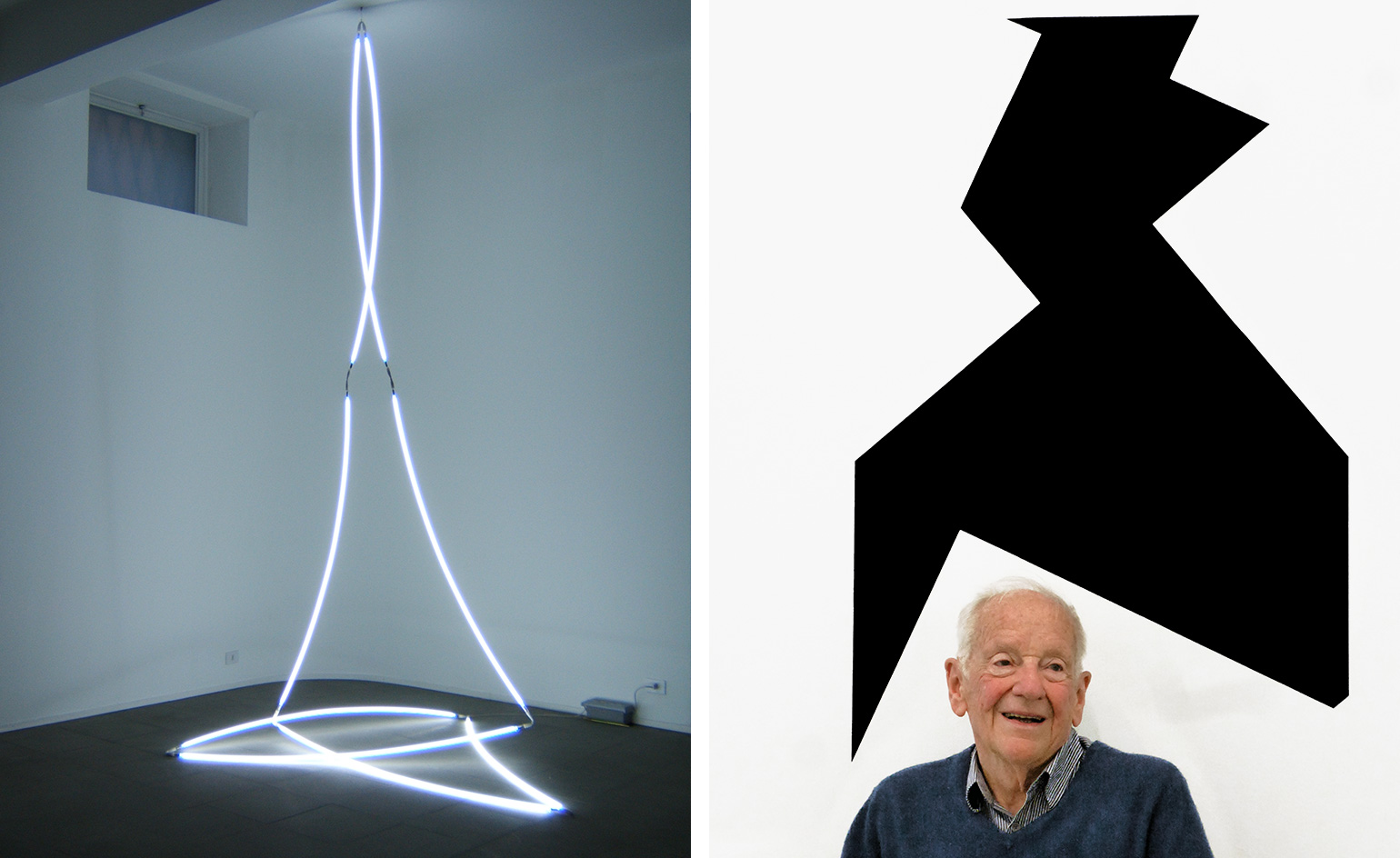
From the late 1940s to the mid-70s François Morellet ran his family’s factory in western France. Pictured left: Lamentable Ø 5m blanc, 2005. Right: François Morellet in his studio, Cholet.
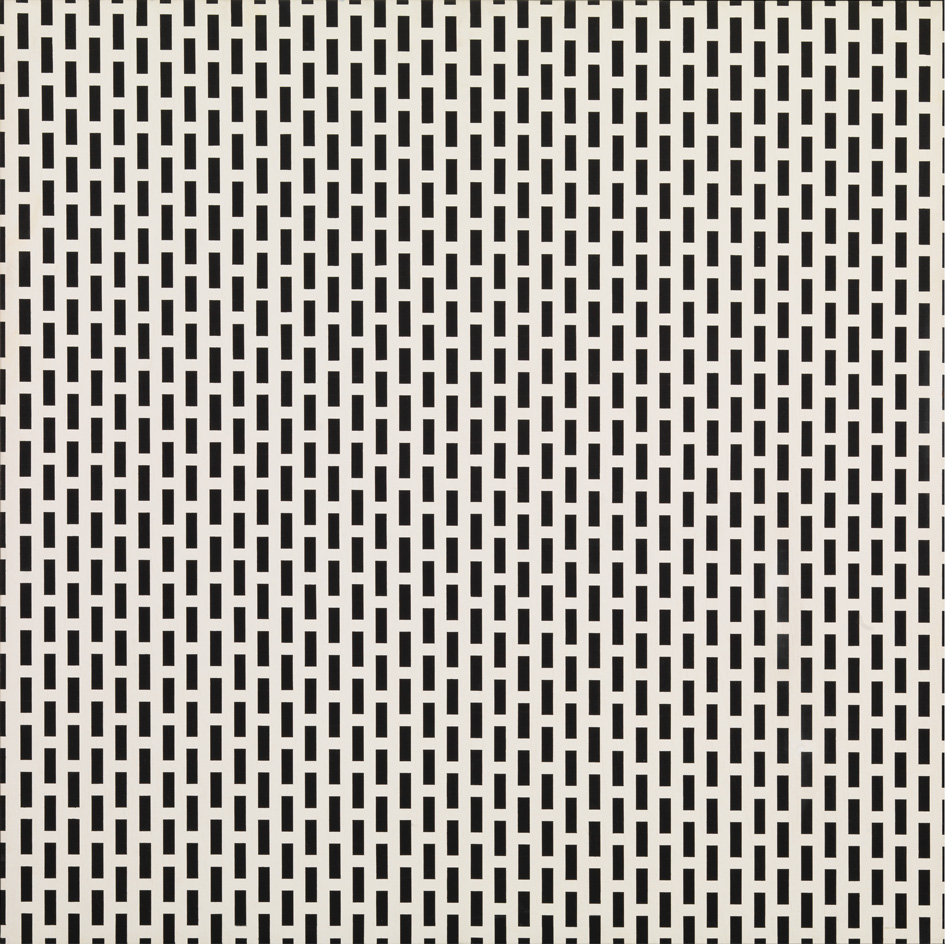
Now, at last, his early pieces of radical minimal and conceptual art are recognised by the establishment, and hang in major collections. Pictured: 3 trames de carrés 1 trame de tirets, 1975.
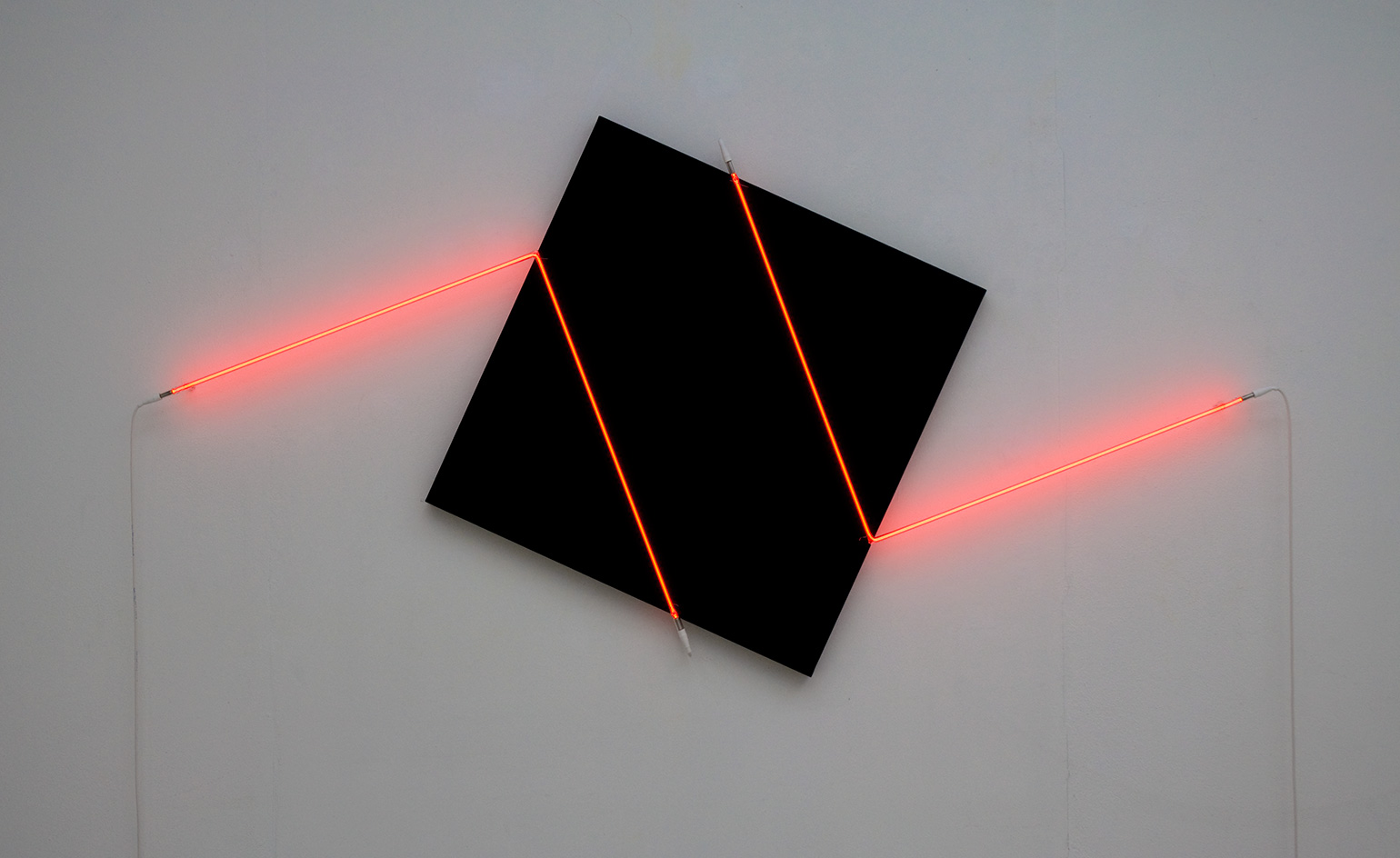
Morellet’s international reputation is conspicuously growing. Pictured: Contresens n°2, 2015.

Morellet explains, ’I often said that in the past, I considered that my work was widely underestimated and that today it is probably overestimated. Injustice can be quite bearable, especially when it favours yourself.’ Pictured: Carré bandé, 2015.
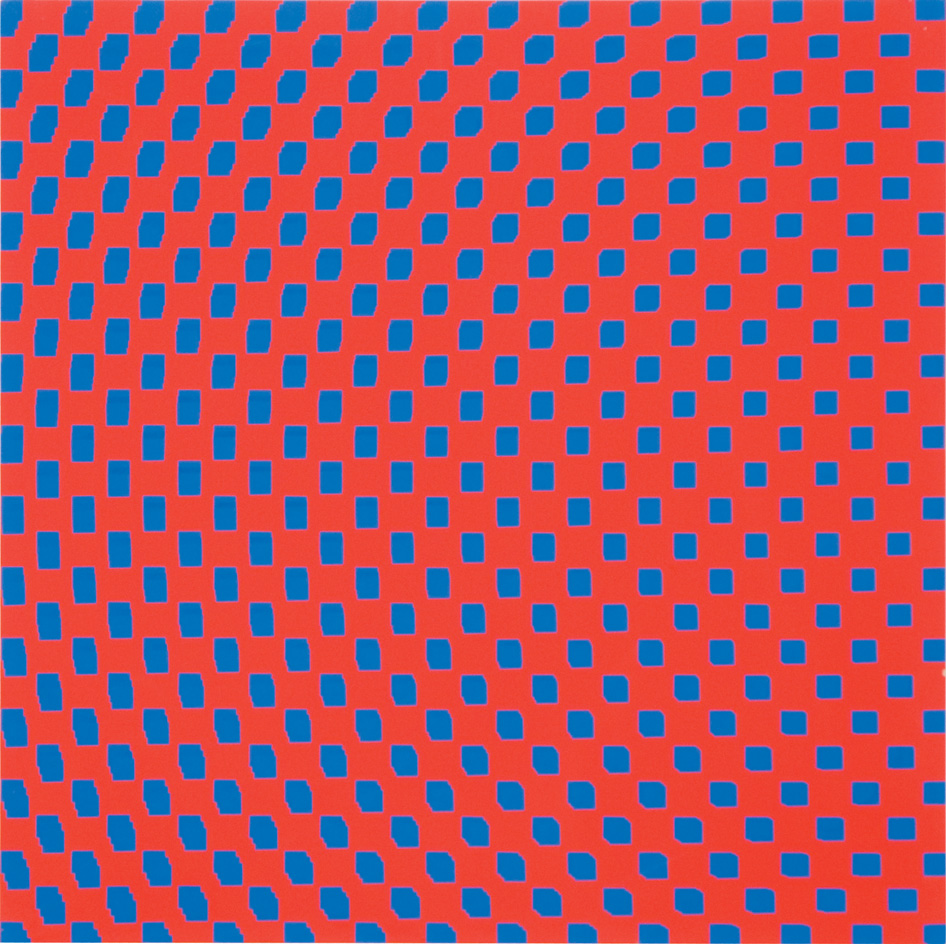
Standing back from his own success and observing it with a scientific coldness – yet always with a warm, humanising wit – is typical of Morellet’s attitude. Pictured: 3 Trames de carrés réguliers pivotés sur le côté, 1970.
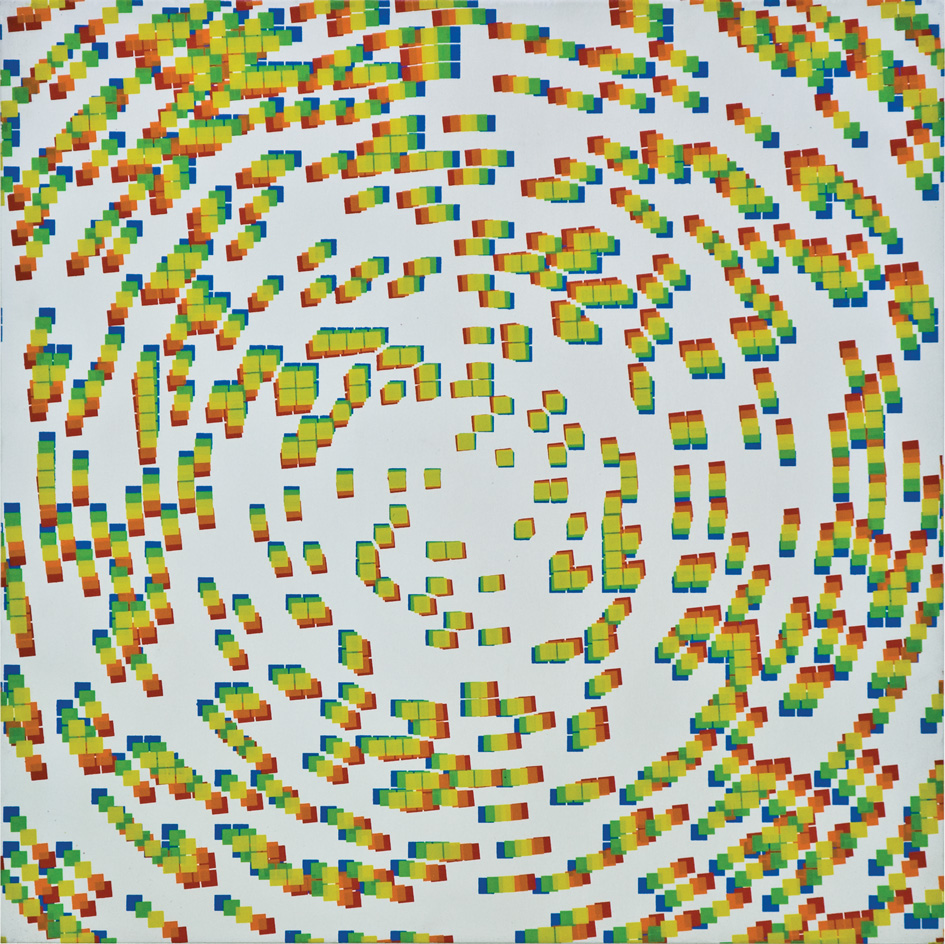
At the start of his career, Morellet began to experiment with painting and printing methods that used systems to minimise the sensibility of the artist, and ’make work as empty as possible’. Pictured: 5 Impressions Decalées Bleu, Vert, Jaune, Orange et Rouge, 1969.
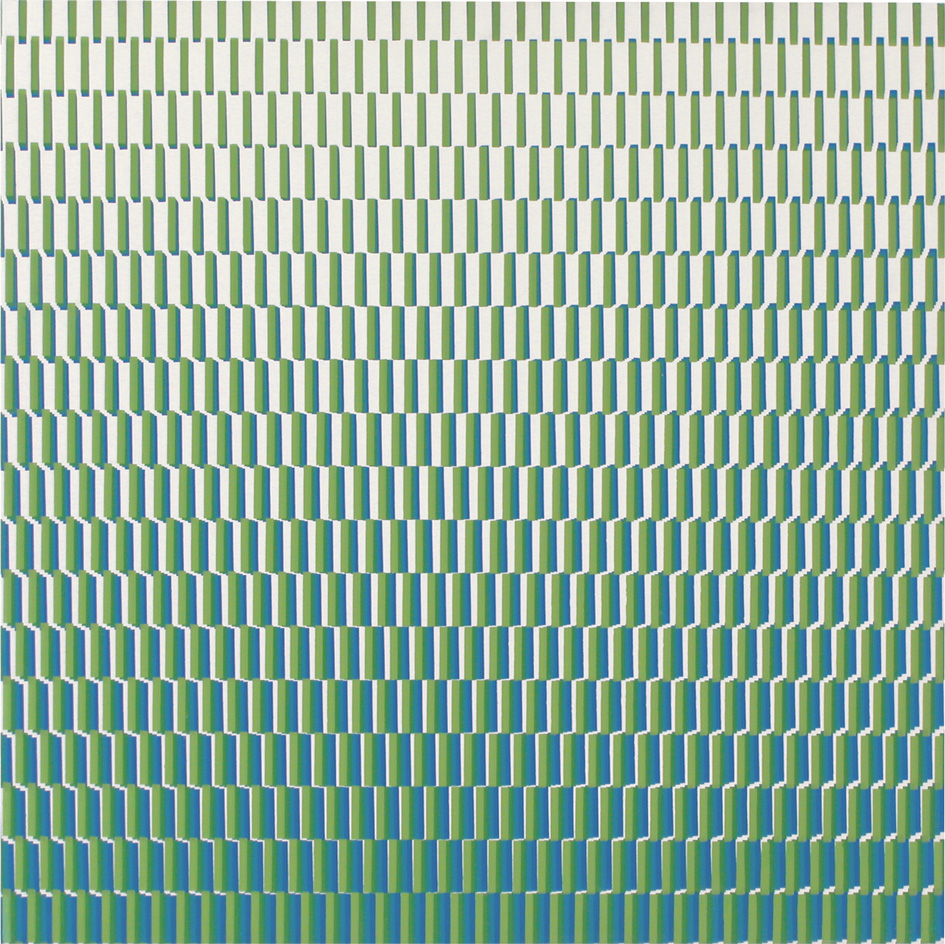
Pre-dating the minimalist movement, he took as aesthetic inspiration his love of free forms like jazz and the apparently infinite motifs used in Oceanic tapa fabric designs. Pictured: 4 trames de tirets du bleu au vert pivotées sur un côté, 1971.
INFORMATION
’François Morellet’ is on view at Annely Juda Fine Art from 5 April – 24 June; and at The Mayor Gallery from 6 April – 27 May. For more information, visit The Mayor Gallery’s website
ADDRESS
Annely Juda Fine Art
23 Dering Street
London, W1S 1AW
The Mayor Gallery
21 Cork Street
London, W1S 3LZ
Receive our daily digest of inspiration, escapism and design stories from around the world direct to your inbox.
-
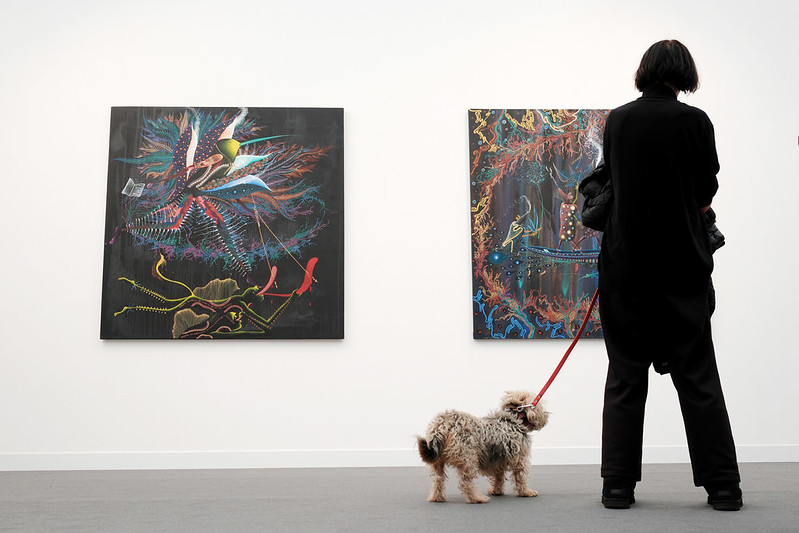 Frieze London 2025: live updates from the Wallpaper* team
Frieze London 2025: live updates from the Wallpaper* teamFrom 15 - 19 October 2025, Frieze takes over London. Here's what is going on at the fair and around town, as seen by the Wallpaper* art editor
-
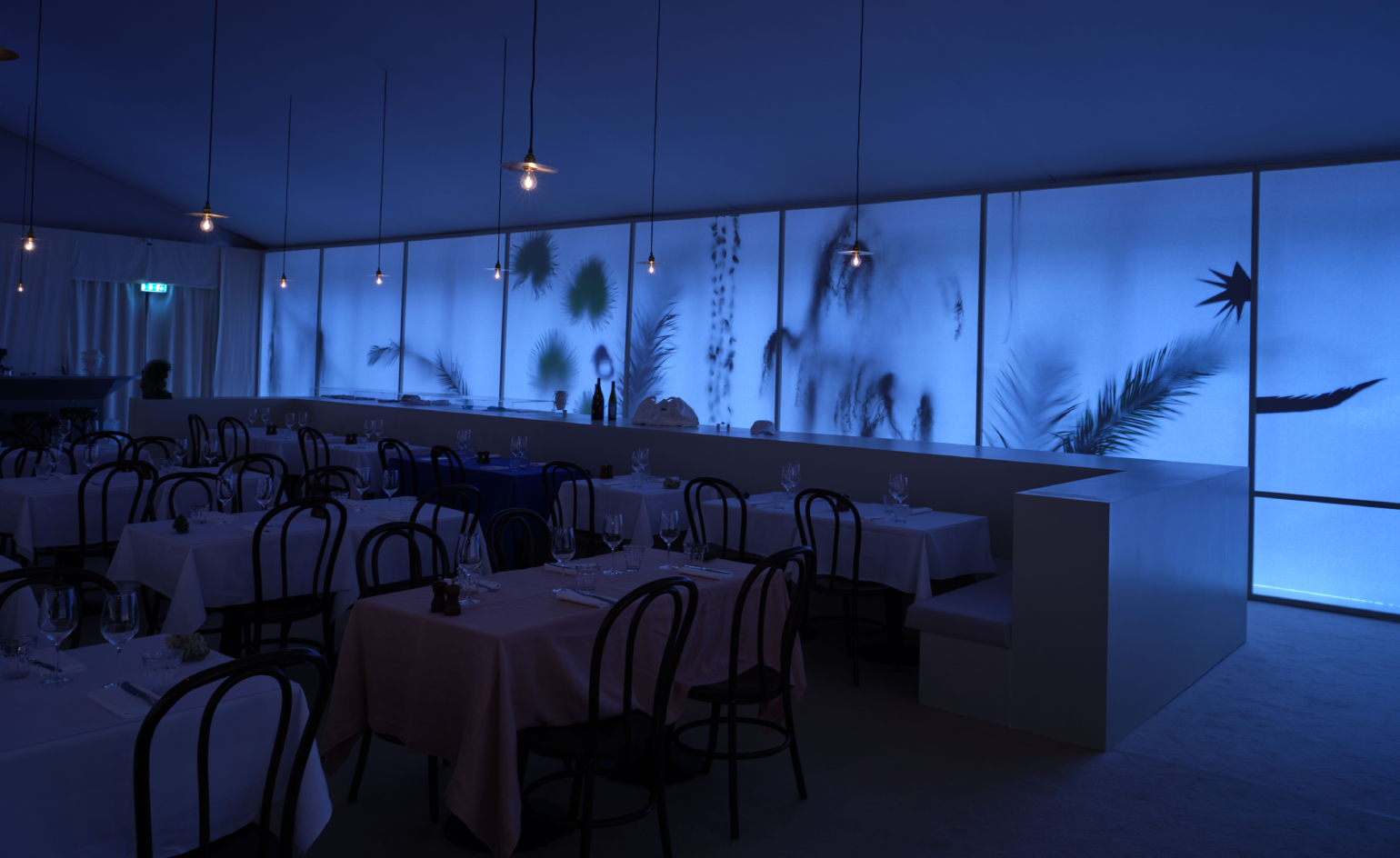 The ancient and the erotic inspire Sessions Art Club’s Frieze London 2025 pop-up
The ancient and the erotic inspire Sessions Art Club’s Frieze London 2025 pop-up‘I think food should hum beneath the skin, like a good painting,’ founder Jonny Gent tells Wallpaper* on the opening of his temporary restaurant-cum-art-installation
-
 A rugged new tourer from Zero Motorcycles is an important step forward for all-electric biking
A rugged new tourer from Zero Motorcycles is an important step forward for all-electric bikingCan batteries bring the same level of engagement and spontaneity to long-distance two-wheeled touring? We try Zero’s new DSR/X Black Forest to find out
-
 Leo Costelloe turns the kitchen into a site of fantasy and unease
Leo Costelloe turns the kitchen into a site of fantasy and uneaseFor Frieze week, Costelloe transforms everyday domesticity into something intimate, surreal and faintly haunted at The Shop at Sadie Coles
-
 Can surrealism be erotic? Yes if women can reclaim their power, says a London exhibition
Can surrealism be erotic? Yes if women can reclaim their power, says a London exhibition‘Unveiled Desires: Fetish & The Erotic in Surrealism, 1924–Today’ at London’s Richard Saltoun gallery examines the role of desire in the avant-garde movement
-
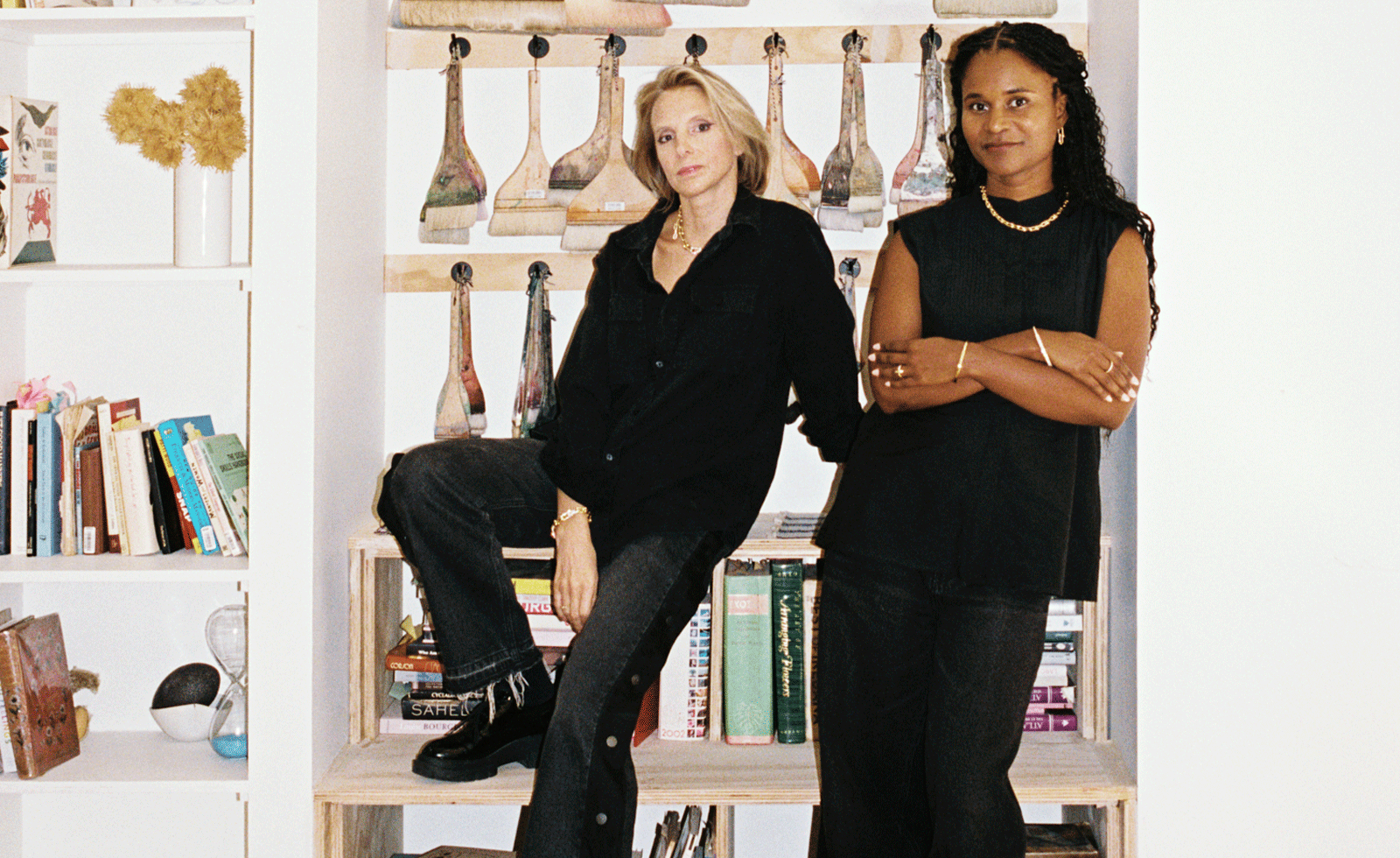 Tiffany & Co’s artist mentorship at Frieze London puts creative exchange centre stage
Tiffany & Co’s artist mentorship at Frieze London puts creative exchange centre stageAt Frieze London 2025, Tiffany & Co partners with the fair’s Artist-to-Artist initiative, expanding its reach and reaffirming the value of mentorship within the global art community
-
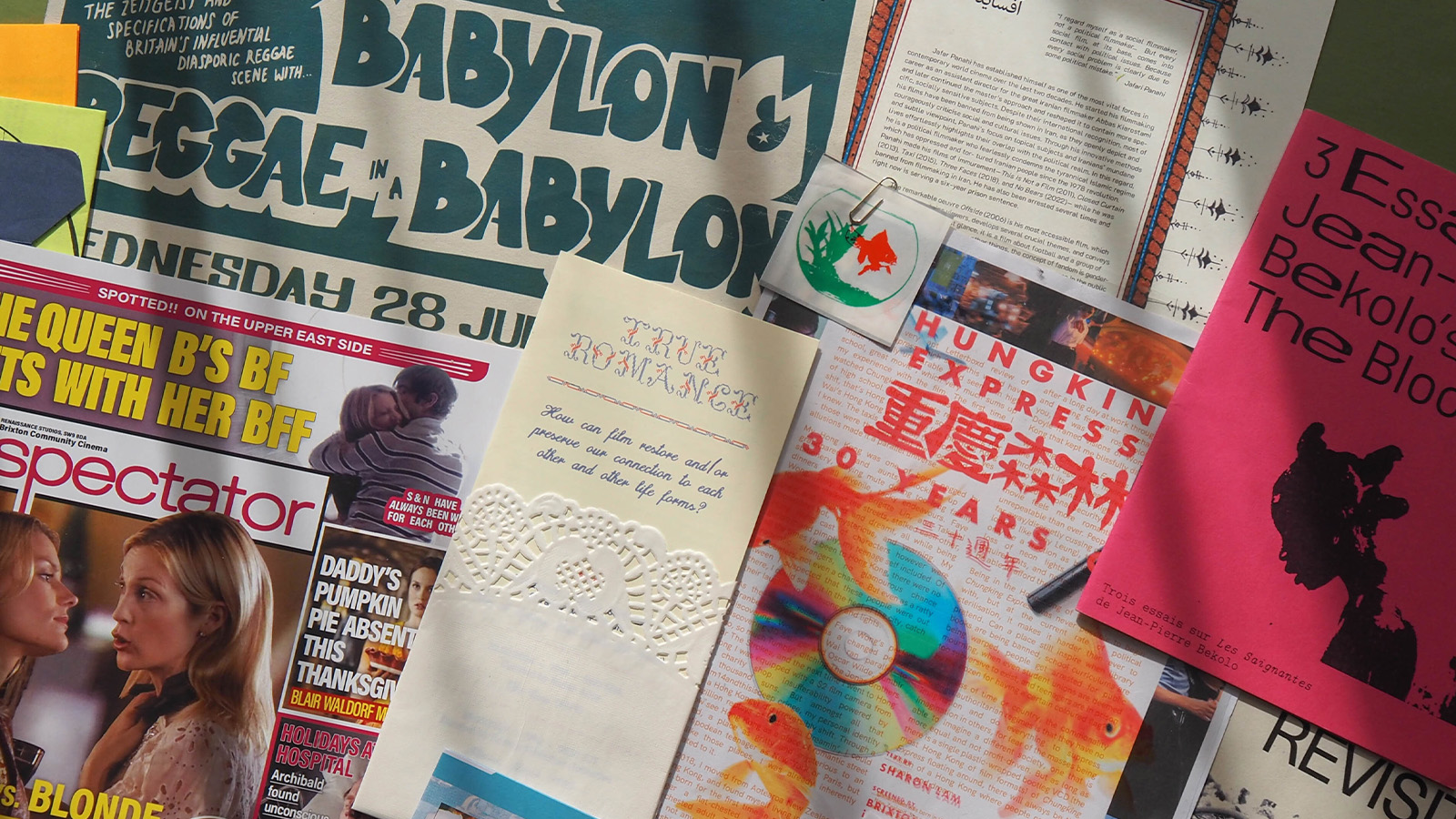 Em-Dash is a small press redefining the indie zine beyond nostalgia
Em-Dash is a small press redefining the indie zine beyond nostalgiaThe South London publishing studio's new imprint 'Practice Meets Paper' translates a chosen artist’s practice into print. Wallpaper*s senior designer Gabriel Annouka speaks with the founders, Saundra Liemantoro and Aarushi Matiyani, to find out more
-
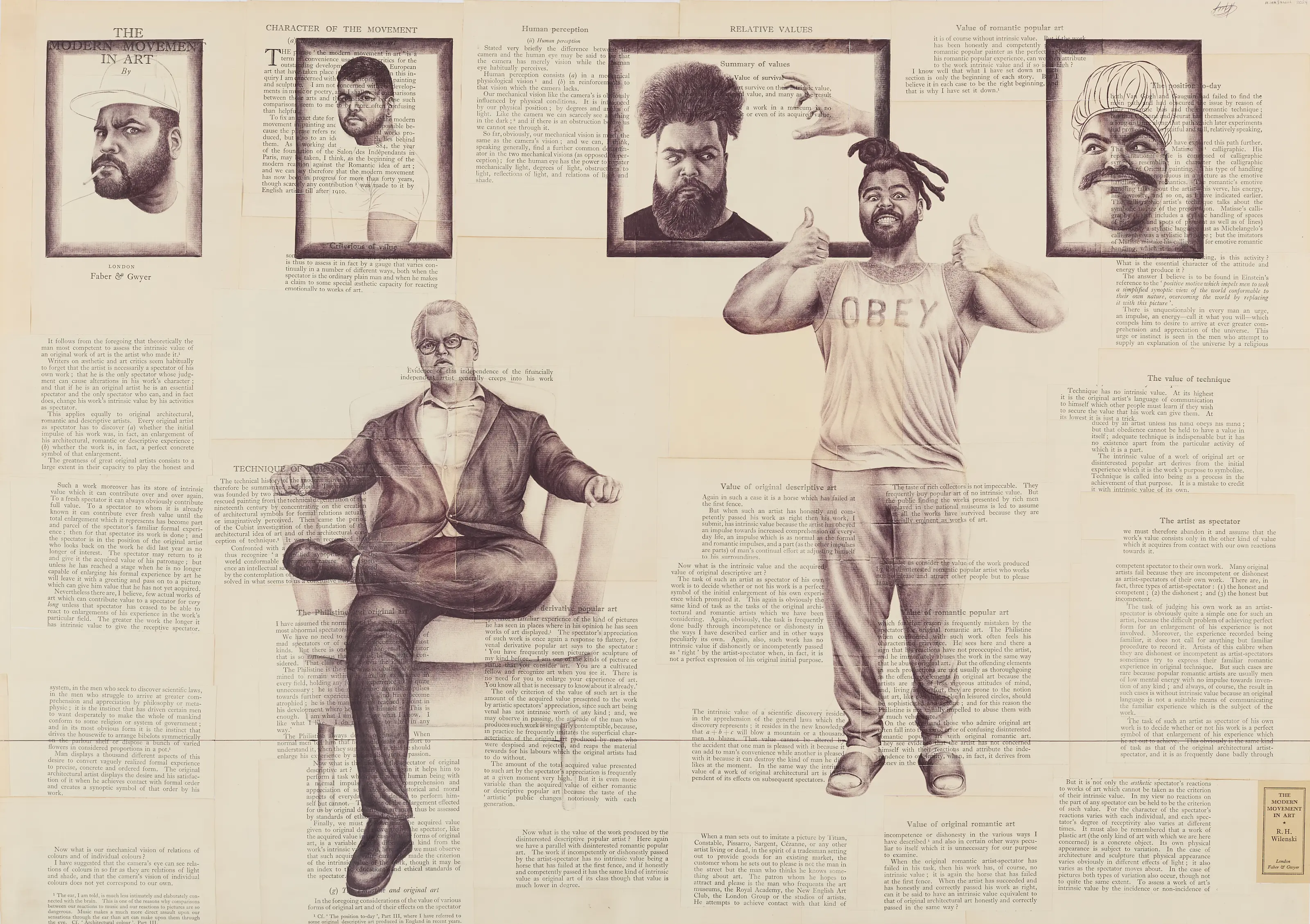 ‘It is about ensuring Africa is no longer on the periphery’: 1-54 Contemporary African Art Fair in London
‘It is about ensuring Africa is no longer on the periphery’: 1-54 Contemporary African Art Fair in LondonThe 13th edition of 1-54 London will be held at London’s Somerset House from 16-19 October; we meet founder Touria El Glaoui to chart the fair's rising influence
-
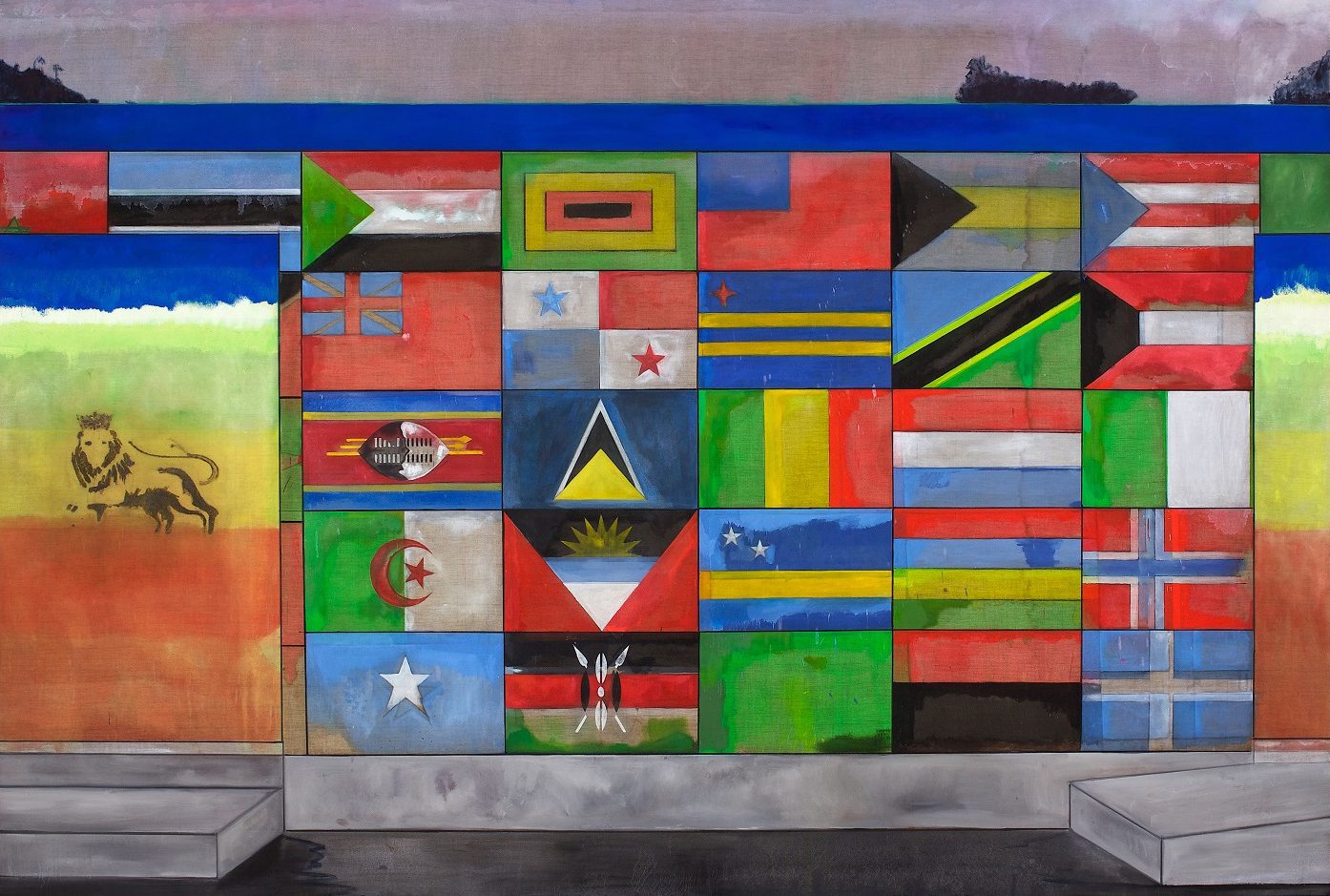 ‘Sit, linger, take a nap’: Peter Doig welcomes visitors to his Serpentine exhibition
‘Sit, linger, take a nap’: Peter Doig welcomes visitors to his Serpentine exhibitionThe artist’s ‘House of Music’ exhibition, at Serpentine Galleries, rethinks the traditional gallery space, bringing in furniture and a vintage sound system
-
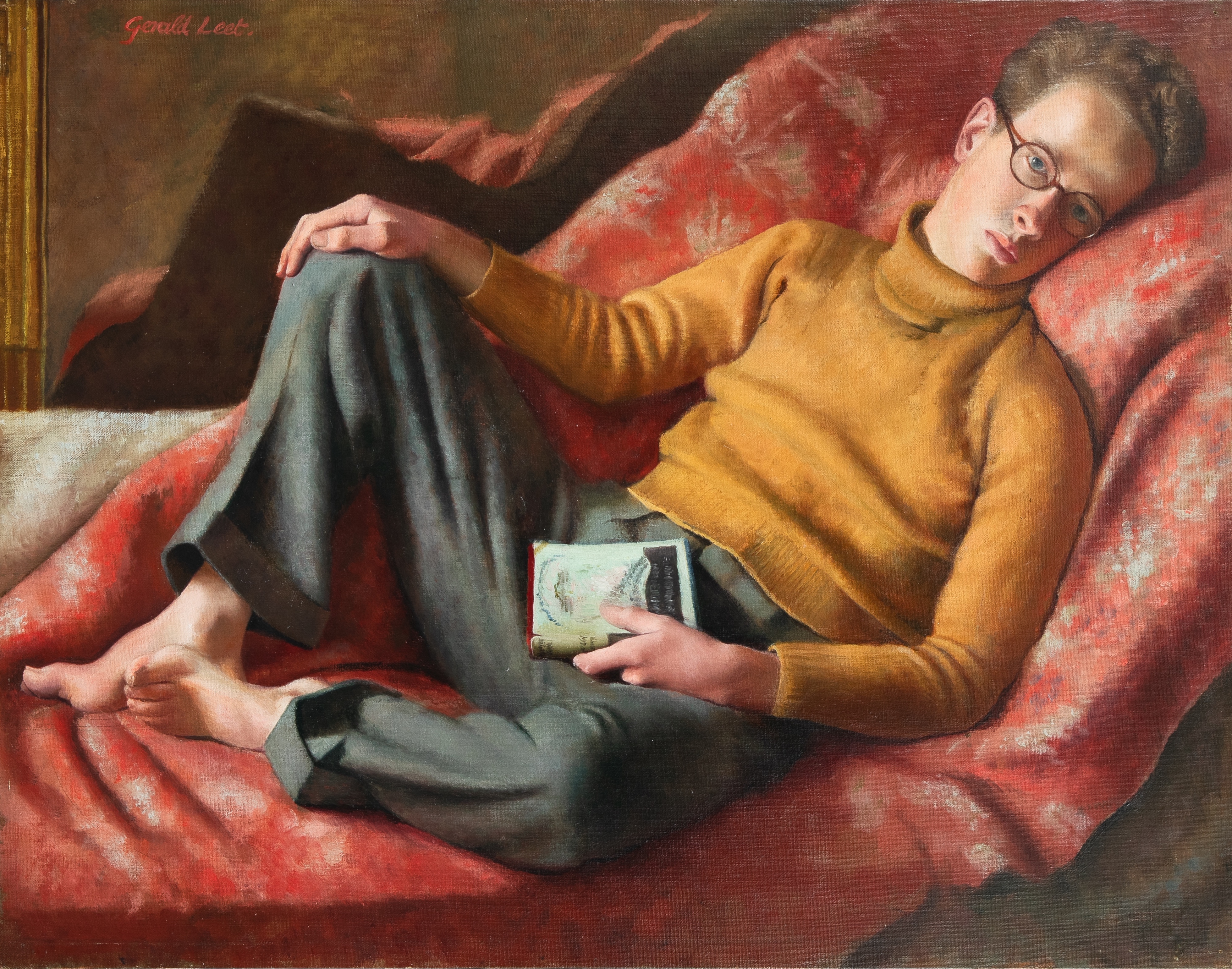 Who was Denton Welch, the cult writer and painter who inspired everyone from Alan Bennett to William S. Burroughs?
Who was Denton Welch, the cult writer and painter who inspired everyone from Alan Bennett to William S. Burroughs?Cult queer figure Denton Welch was a talented, yet overlooked, artist. Now an exhibition of his work at John Swarbrooke Fine Art aims to change that
-
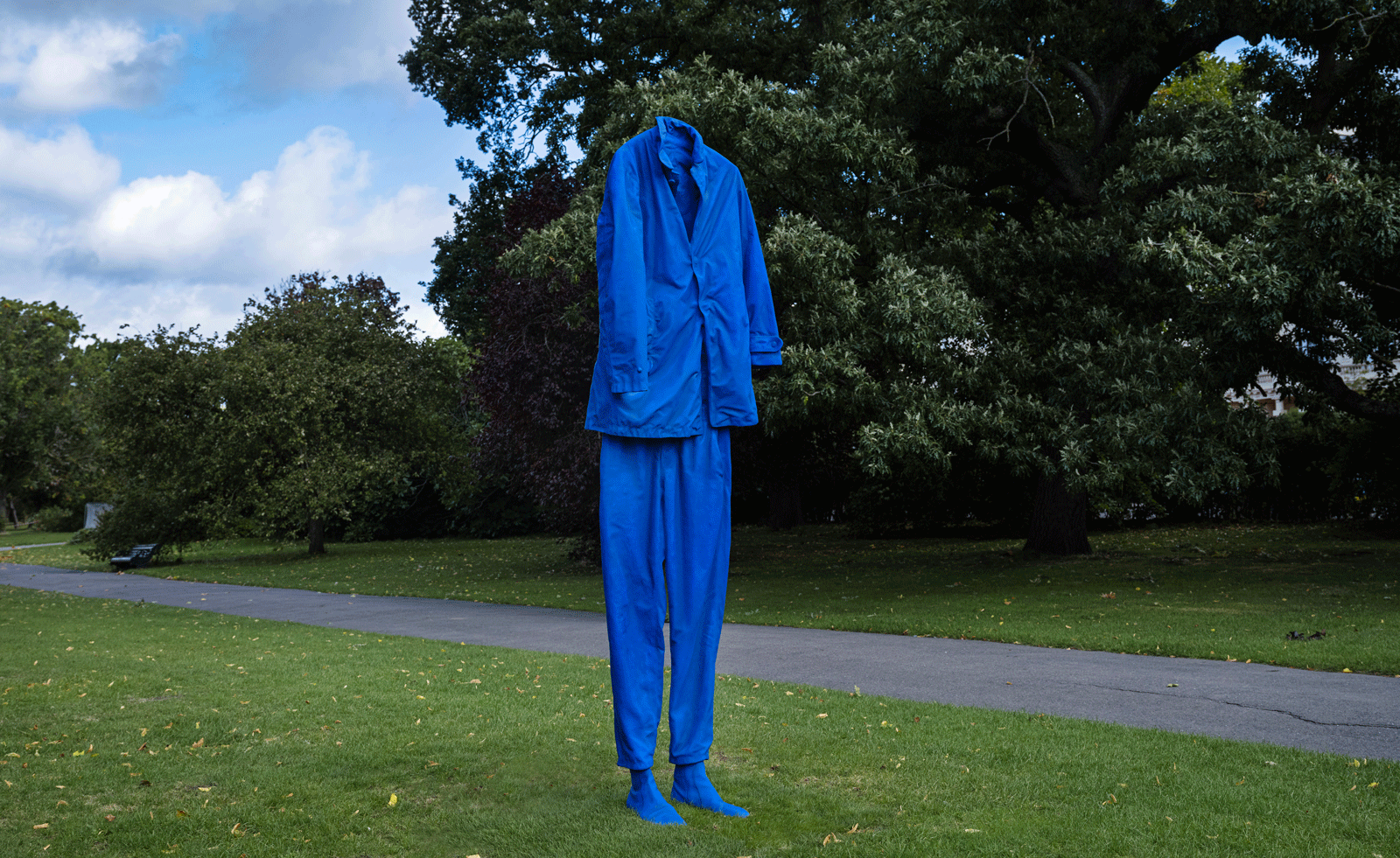 Frieze Sculpture is back – here's what to see in Regent's Park
Frieze Sculpture is back – here's what to see in Regent's ParkFrieze Sculpture has returned to Regent's Park. As London gears up for Art Week, here's what to see on the fringes